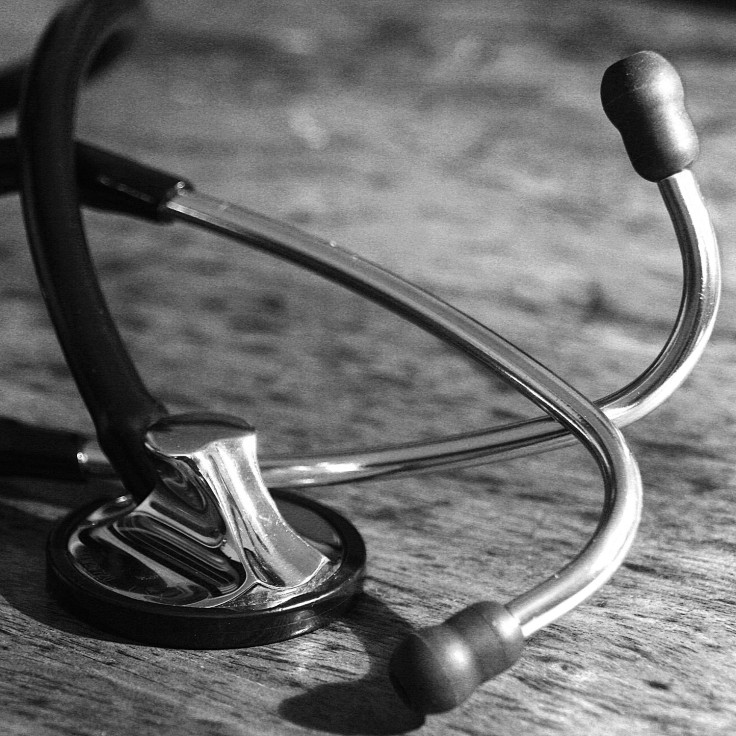Physican Burnout Rates Have Increased Since 2011; Half Now Experience At Least One Symptom

It’s getting harder to enjoy being a doctor, a new study published this December in Mayo Clinic Proceedings has found.
The researchers, who had previously examined the level of professional burnout among US physicians in 2011, conducted another survey of almost 7,000 physicians across a wide variety of fields this past year, and discovered that the situation has only gotten worse since then, with now more than half (54 percent) reporting some degree of burnout — about a 10 percent increase from 2011. There was a similar increase in the percentage of physicians who reported feeling dissatisfied with their work-life balance, from 37 to 45 percent over the following three years.
"Burnout manifests as emotional exhaustion, loss of meaning in work, and feelings of ineffectiveness," explained study author Dr. Tait Shanafelt in a statement. "What we found is that more physicians in almost every specialty are feeling this way and that's not good for them, their families, the medical profession, or patients."
Burning Out
In the original 2011 study, the burnout rate was highest among physicians who were at the "front line of access to care," such as those working in family and emergency medicine. Similarly, burnout was more prevalent in mid-career doctors. As a whole, Shanafelt and her colleagues noted that this rate of burnout and job dissatisfaction among doctors is a sharp step up from the general population, even after controlling for factors like age and gender. For instance, when they surveyed a matched control group of 5,000 participants, they only found a 29 percent burnout rate.
About the only good piece of news was that the rate of depression (40 percent) and suicidal ideation (6 percent) remained steady, though it should be noted that only one-fifth of those who reported depressive symptoms would fit the more serious criteria of major depression. Likewise, the median number of hours worked weekly hasn’t changed either, though these lengthy workloads could certainly contribute to the problem. More than half of physicians routinely worked more than 50 hours a week, with 15 percent working 70 or more. This past September, Medical Daily reported on a large survey of nurses which found that those regularly worked 12-hour or longer shifts were more likely to report burnout and job dissatisfaction than their counterparts.
Explaining that 75 percent of physicians are now employed in sprawling health care organizations, the researchers emphasize that significantly reducing burnout will take a systemic effort. "Health care organizations should focus on improving the efficiency and support in the practice environment, select and develop leaders with the skills to foster physician engagement, help physicians optimize ‘career fit,’ and create an environment that nurtures community, flexibility, and control, all of which help cultivate meaning in work," they wrote. "Given the high number of hours worked by physicians as well as the unpredictable nature of work hours in some settings (eg, surgery, hospital-based care), health care organizations must also establish principles that help facilitate work-life integration."
On the individual level, they believe that learning skills aimed at promoting resilience to challenging situations and identifying one’s professional and personal values and how they should be prioritized in relation to each other can help as well. A little mediation might go a long way too. "Training in mindfulness-based stress reduction, which involves self-awareness, a focus on the present, and intentionality in thoughts and actions, has also been shown to be an effective approach to reduce physician stress and burnout," they wrote.
Source: Shanafelt T, Hasan O, Dyrbye L, et al. Changes in Burnout and Satisfaction With Work-Life Balance in Physicians and the General US Working Population Between 2011 and 2014. Mayo Clinic Proceedings. 2015.
Published by Medicaldaily.com



























